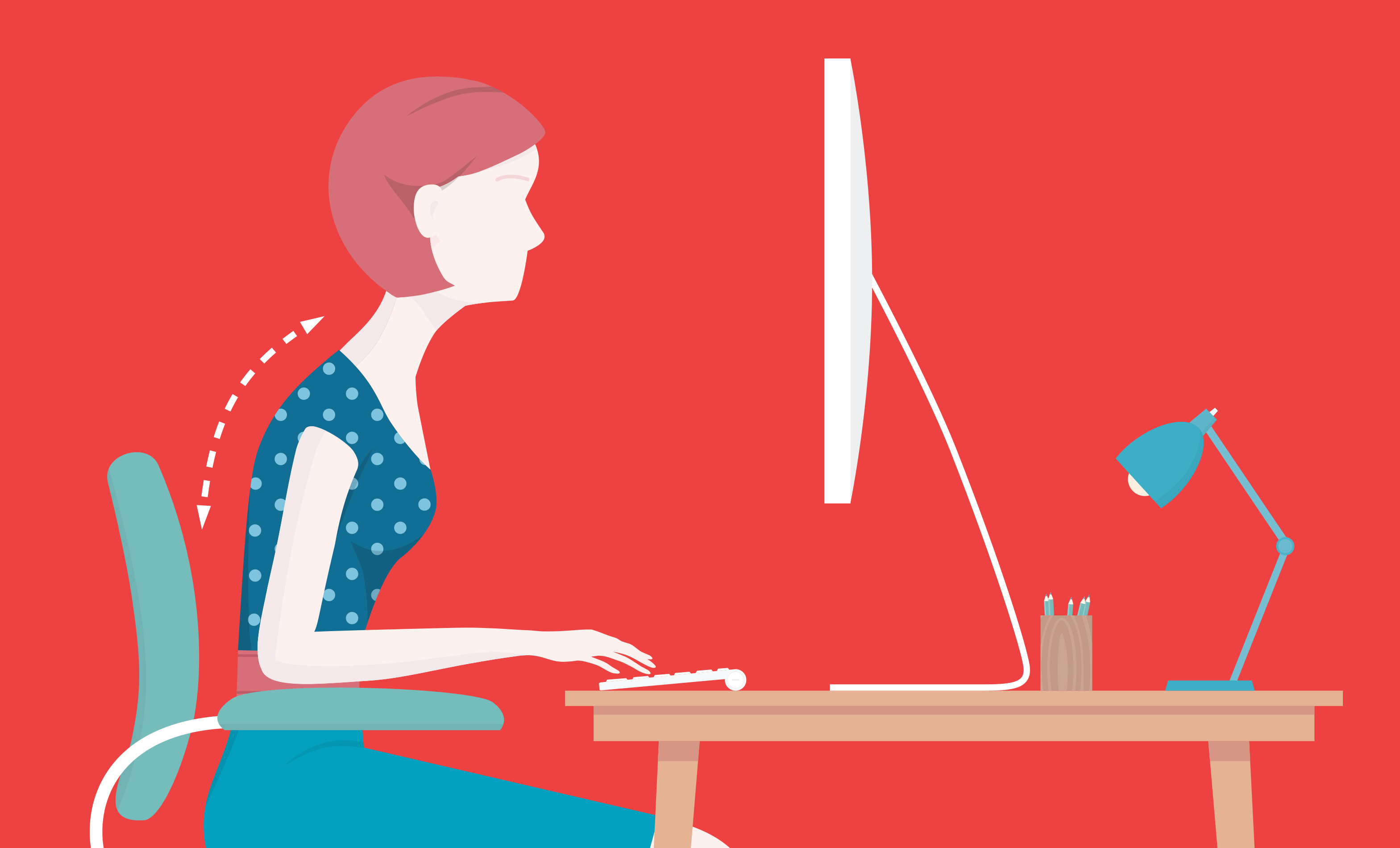We've got your back
Back pain is a very common problem, in fact it's estimated that four out of five adults will suffer from back pain at some point in their lives. With this in mind, it makes sense for you to know how to tackle back pain when it strikes. We take a look at the common types of pain and how you can prevent it.
Preventing back problems

There are a number of factors that can cause back pain such as poor posture, inactivity, awkwardly bending or even lifting something incorrectly. How you sit, stand and even lie, can have a huge impact on the health of your back.
Surprisingly, the workplace is a major contributing factor to back pain. If you work in an office, it's important that you take regular breaks from sitting down and adjust your chair and desk accordingly to minimise stress to the back and spine. You can also follow these tips on how to sit at your desk to improve posture.
As always, prevention is better than cure so learn to take care of your back. Exercise such as pilates and yoga will improve flexibility and ensure that you're back is strong whilst low impact exercise like swimming can also help to prevent back pain. Understandably, the last thing anyone wants to do when they're in pain is exercise, but we promise that keeping active will help in the long run!
Identifying back pain
The back and spine are a complex part of your anatomy, so it's vital that you can identify the type of pain you're experiencing. The type of back pain you experience will impact on the suggested treatment. The three most common classifications of back pain are:
- Axial pain. This is the most common cause of back pain and can be felt in a number of different ways. It can be sharp or dull, constant or it can come and go. A muscle strain is a common cause of axial pain.
- Referred pain. This type of back pain is generally a dull ache. It tends to move around and will vary in intensity. You'll often feel referred pain shifting from the lower back to the groin, pelvis, buttock, and upper thigh. An injury to any of the interconnecting sensory nerves of the lower back is generally what causes this type of pain.
- Radicular pain. This type of pain is often described as deep and can shift through to the arm or leg. If you're suffering from this type of back pain, then you may feel numbness and tingling or weakness. This is typically caused by inflammation and/or injury to a spinal nerve root. Radicular pain is also known as sciatica.
Alleviating back pain
Most people will notice a significant decrease in pain after taking painkillers. If your back pain is persistent or something you suffer with regularly, try other methods to alleviate the pain rather than relying on painkillers. A hot bath or hot water bottle can also help to relax the muscles in your back, as will products such as Deep Heat.
Serious back pain
Obviously, back problems can be more complicated to treat depending on certain circumstances. If any of the following applies to you, then you should speak to a pharmacist before treating the pain:
- You're under 20 or over 55
- You misuse drugs
- You've had a recent bacterial infection
- You're pregnant
Furthermore, it's advised that you seek urgent medical assistance if you experience any of the below symptoms:
-Leg weakness and/or loss of bowel or bladder control
-Unexplained weight loss accompanied
-Severe stomach pain along with pain in the lower back
-Fever with increased pain
Whilst back pain can be a very serious health issue, more often than not it can be treated quite simply. Also, we're finally starting to see innovative examples of technology aligning with healthcare to solve more complex spinal issues, including this inspiring footage of a paraplegic man walking again with the help of EEG and wires to the brain.
If you're suffering with back pain and aren't sure of the best course of treatment, speak to a pharmacist today.